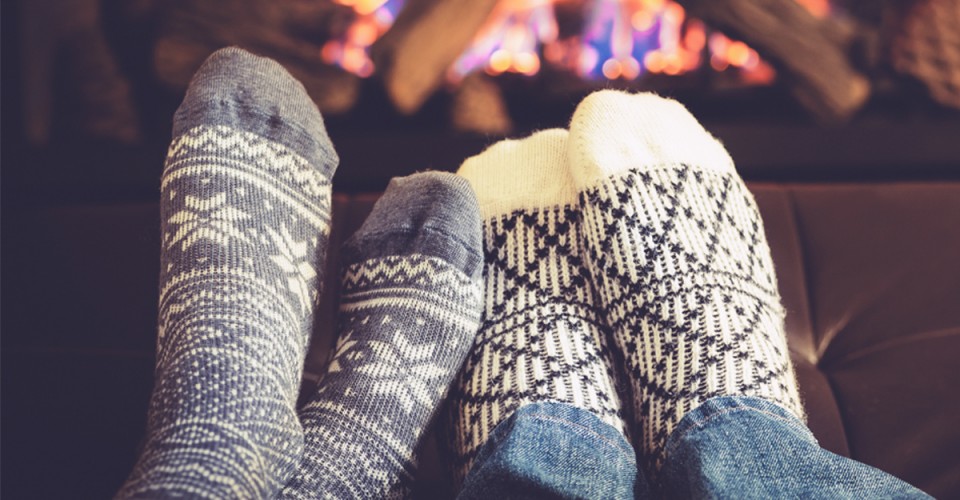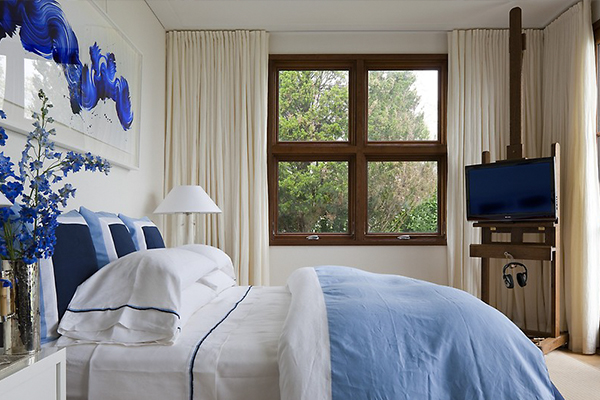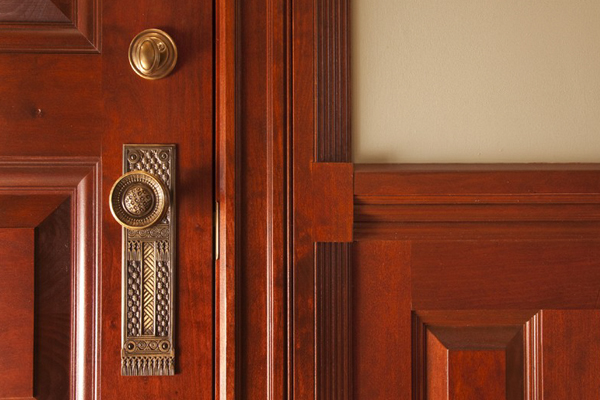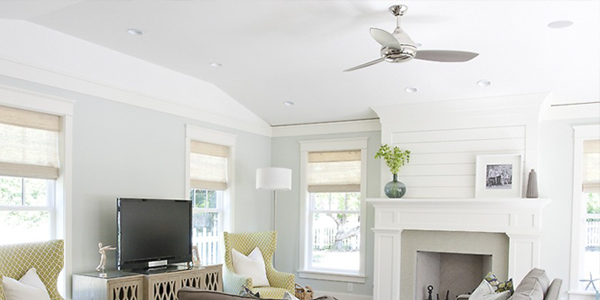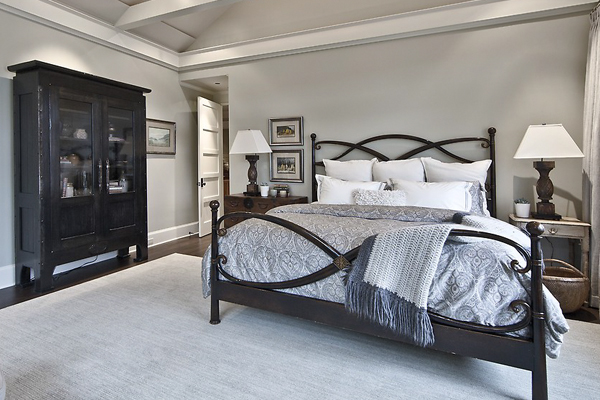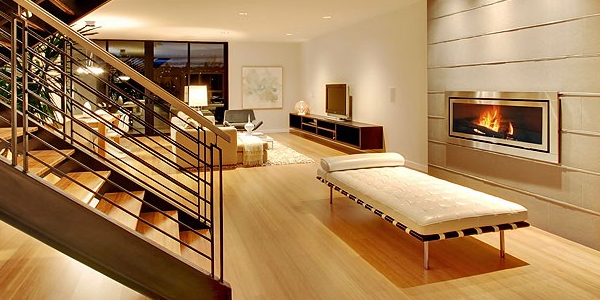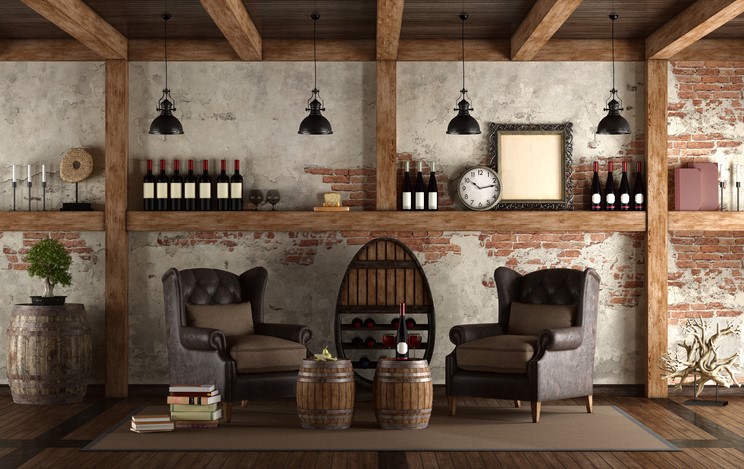In many cities, homeowners are starting to feel the winter chill. Instead of turning up the heat why not try some simple old-fashioned tricks to make your home feel warmer? Follow these quick tips to warm up your home without blasting the heat.
1. Wear more clothes
This is an obvious “ah-ha” tip, however, just adding an extra layer on your body (think slippers, warm socks, sweater, etc.) can help keep your hands away from turning up the temperature. As strange as it may seem, warming your head and feet are really fast ways to feel warm. Our bodies feel coldest in the parts with the least insulating fat: the head, ankles, feet, wrists and hands.
2. Lay down a rug
If you have rooms without area rugs, like your kitchen, entryway or staircase landing think about purchasing area rugs for the colder months. If you already have area rugs in your home, consider temporarily changing them for plusher, thicker rugs; it will lend a warmer look and feel to the room. Another advantage in doing this is that you can change your interior colors with the season. Area rugs in standard sizes are readily available as are carpet tiles, which can be stored in a box rather than rolled up.
3. Hang drapes
Much like rugs, traditional homes used to change out the drapery on a seasonal basis. Heavy, thicker drapes installed during the winter months are an effective way to keep drafts out and add visual and textural warmth to a room. If you have drapes already installed simply exchange them with a heavier material in a seasonally appropriate style. Or if you have a double curtain rod you can simply add an extra layer to your current drapery. Installing tie backs will help let in light during the day and will hold your drapes back in an attractive manner.
4. Seal drafty doors
The old-fashioned method of filling a long stocking with sand and placing this roll under the drafty door still works. In older homes with double-hung windows, these draft stoppers can be placed in the small cracks and help seal drafty areas.
5. Reverse your ceiling fan
We all know that heat rises, right? A simple thing like reversing the direction of the blades will push the warm air downwards thus circulating warmer air throughout your room. How can you know if your fan is spinning in reverse? When you look up your blades should be moving in a clockwise fashion.
6. Heat up the bedroom
To keep frigid toes warm in the winter homeowners used to fill metal chambers with heated coal and slid the contraption between the sheets. Fortunately for those of us that don’t like to burn our feet, technological advances in plastic led to the good old standard hot water bottle. Simple yet effective, homeowners still rely on this tried and true method to keep cold feet warm. Advances in heating blankets also offer a consistent, warm-all-night solution. Various sizes and temperature settings mean that you can keep your body warm both on top of and underneath the sheets.
7. Fireplace
When fire was the only source of heat for homeowners, this ancient invention did an okay job at keeping a small home or room warm. But anyone who has had a fireplace going in one room merely has to walk to another room to feel the downside to old fashioned fireplaces: heat loss. Fire requires air to burn and unless your fireplace has an outside vent (which uses outside air for combustion), your fireplace will draw air from inside the home to burn. Of course, it can be argued that nothing is cozier than curling up to a roaring fire. Just consider closing the doors to that room to prevent heat loss in other areas of your home.
